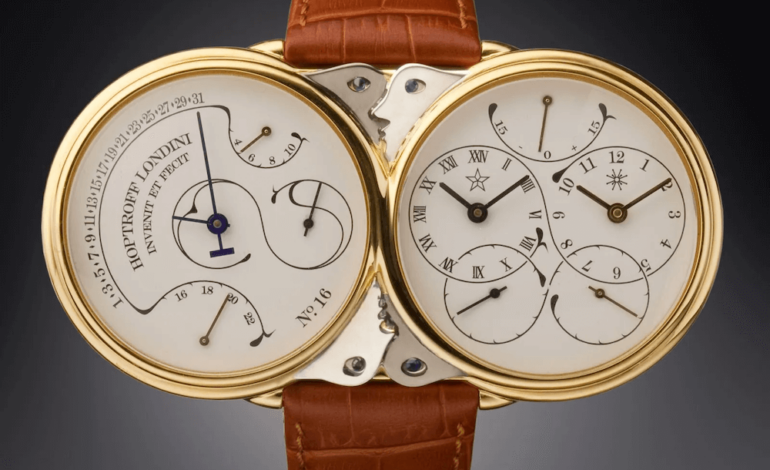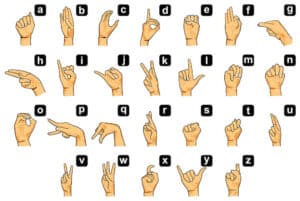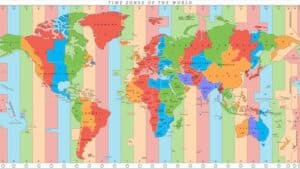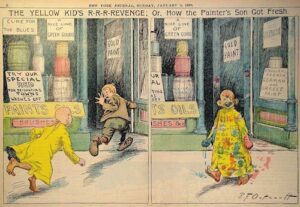When Were Wristwatches Invented?

Many things in the world seem to exist forever. They are so usual and universally acknowledged that we often don’t think about where they came from. One of these things is a personal watch. So, when and how were wristwatches invented?
The early version of the wristwatch appeared in the 16th century as a gift to Elizabeth I of England. But, the Guinness Book holds records of another “first wristwatch”: that made in 1868 for Countess Koscowicz of Hungary by Swiss watchmaker Patek Philippe.

These noblewomen considered the wristlet primarily a hand accessory that was a relatively rare thing back then.
Nowadays, there is an enormous variety of wristwatches: waterproof and shock-resistant, steel and golden, mechanic and electronic – a myriad of models. The wristwatch became a muss product and a status thing simultaneously.
When did the personal watch become a thing? Why did people switch from pocket watches to wristwatches? And how was the wristwatch were invented and improved over time?
💡 Curious minds welcome!
If you’re enjoying this read, you’ll love what else we’ve got. Nerdish is packed with short, fascinating reads on everything from ancient history and science to food, psychology, space, and culture. Dive into more interesting topics to learn about — all in one place.
The invention of the wristwatch
People became into watches in the 18th century and carried them in pockets. Usually, these portable clocks were secured by chains or straps. Soon, in addition to time showing, a pocket watch became a popular method of saving money. There are records that almost half of the 19th-century pawn items in the USA were pocket watches.
The 19th century with its industrialization, trains, electricity, and city growth, made life much faster. In 1878, Sir Sandford Fleming developed the system of worldwide time zones we still use today. All these circumstances underlined the value of time and – personal watches. And the end of the century marked the appearance of wristlets.
Originally, wristwatches were women’s accessories, and they weren’t packed with much technology or additional features. As for men, they wore pocket watches up until the 20th century.
The first change came with Second Boer War. It was a conflict between Britain and two Boer Republics (the South African Republic and the Orange Free State) in 1899-1902.

The usefulness of the wrist watches went to Europe, inspiring brands to consider mass production of wrist watches for men as well as for women.
In 1904, a Brazilian aviator Alberto Santos-Dumont asked his friend, Louis Cartier, to make him a personal watch for his flights. It was much easier to check the time by looking on his cuff than to get into his pocket, especially up in the air.

The real boost in popularity came to wristwatches because of World War 1. Keeping in mind the usefulness of wristless, the British War Department sent watches to their soldiers on the frontlines. Eventually, people started to talk about this novelty, even on the other side of the ocean. In 1916, the New York Times printed a lengthy article praising wristlets for their convenience and importance, especially in wartimes. So, when American soldiers stepped into that war, they also wore wristwatches. Cartier Tank watch from 1917 was inspired by actual Renault tanks used on the battlefields of World War 1. This design changed the traditional round shape of watches. Now, the Tank watch variations are among the most imitated models ever.

By the end of that war, wristwatches became usual among military men. Soon, soldiers came home and switched from uniforms to civil clothes but kept their watches. Now, wristlets changed the image from just feminine accessories to men’s necessities. The wristwatch became a symbol of post-war rise, progress, and modernity. In 1930-es, the sales of wristwatches outnumbered pocket ones by 50 times.
The product’s popularity led to concurrency and, consequently, to many improvements.
In 1926 Rolex made the world’s first waterproof watch line called Oyster. To prove its efficiency, the company presented an Oyster to a swimmer Mercedes Gleitze. In 1927, she swam across the English Channel with the watch on her wrist. After ten hours in the water, both the swimmer and the clock were alright.

Soon, the smaller dial came into vogue, and in 1937 Omega presented the first central seconds watch for women. This change made it easier to count pulse, becoming popular among nurses. By World War 2, wristwatches became water-resistant, shock-proof, and antimagnetic. In 1969, when Neil Armstrong stepped on the moon, he was wearing an Omega Seamaster watch.

The wristwatch is more than just a timekeeper — it reflects how we value time, style, and progress. Want to go further? See how we’ve tried to visualize the vastness of space or dive into the history of time zones and the inventions that made modern timekeeping possible.
For a historical twist, compare how ancient Greeks measured time and organized daily life.
Unusual watches & collections
Over the years, brands have been trying to balance the image of a watch as affordable luxury, presenting models for different market segments: from mass-produced to one-of-a-kind. On the one hand, a wristlet is a practical, often a necessary item. On the other, it’s a statement of success and style – much more like jewelry. For instance, the most expensive wristwatch sold in action is the Patek Philippe Grandmaster model. It hit $31.19 million in 2019.
Even when wristlets started to gain popularity, brands created unusual models to show their creativity. For example, Omega presented an uncommon women’s watch in Art-Deco style during Barcelona Universal Exposition 1929. The item was created for the back of the hand, adjusting with a bracelet on one end and a ring on another.

During World War 2, radio was the primary news and entertainment source. So, a year after, Dick Tracy presented a watch with a radio inside.

Anyone can be a world citizen nowadays, so here’s a watch that shows time in different time zones. This Mr. Jones Time Traveler watch uses the silhouettes of 16 remarkable buildings to mark time around the globe.

Many watches are inspired by history and myth stories like this Roger Dubuis Excalibur Series launched in 2005.


Another inspo comes from space and 2014 The Jacob & Co. Astronomia Solar watch with miniature celestial objects in constant motion.

Finally, The Hoptroff No.16 atomic wristwatch is accurate to 1.5 seconds each thousand years. Two side-by-side dials show the time, date, phase of the moon, sunrise, and battery power reserve.














